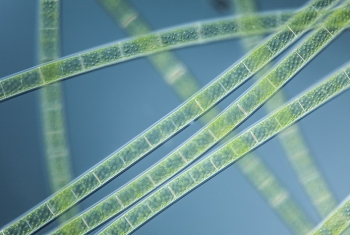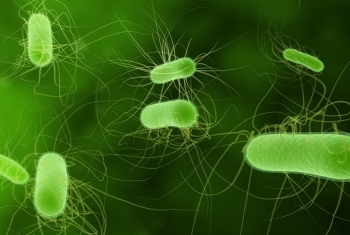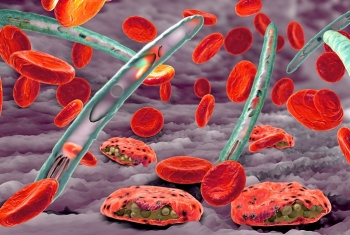With the global population continually expanding and consuming more and more resources, carbon dioxide—the leading driver of climate change—is being spewed into the atmosphere at an alarming rate. Aiming to help curb this looming climate crisis, Prof. Ron Milo and his research team have begun engineering bacteria to consume carbon dioxide and produce sugar instead.
To do so, Prof. Milo, from the Department of Plant and Environmental Sciences, zeroed in on a process called carbon fixation—the ability of plants, algae, and certain bacteria to “pump” carbon dioxide from the environment, add energy to it, and transform it into the sugars that are the required starting point for life processes. The scientists were able to insert the metabolic pathway for carbon fixation and sugar production (i.e. the Calvin cycle) into the bacterium E. coli, a known “consumer” organism that eats sugar and releases carbon dioxide. Because the main enzyme used in plants to fix carbon, RuBisCO, utilizes a metabolite that is toxic to bacterial cells, the scientists had to precisely regulate the expression levels of various genes across a multistep pathway.
While the bacteria did indeed produce functional carbon fixation enzymes, the machinery as a whole initially proved faulty—the bacteria failed to use carbon dioxide for sugar synthesis, relying instead on an external supply of sugar. To overcome this obstacle, Prof. Milo and his team then designed tanks called “chemostats,” in which they grew the bacteria and gradually nudged them into developing an appetite for carbon dioxide. At first, they supplied the bacteria in the tanks with ample bubbles of carbon dioxide, a large amount of an energy source called pyruvate, as well as barely enough sugar to survive. By changing the conditions of their environment, the scientists were able to force the bacteria to learn, through adaptation and development, to use the more abundant material in their environment. Although results were initially slow, the bacteria were able to survive on carbon dioxide and pyruvate alone after three months.
The ability to reprogram E. coli to fix carbon could provide researchers with a new pathway for improving a basic but essential microbiological process. Although the bacteria currently release the gas back into the atmosphere, Prof. Milo hopes that in the future, these insights might help scientists manipulate microorganisms into soaking up atmospheric carbon dioxide and converting it into stored energy. This tool could also be instrumental in engineering new crops with carbon fixing pathways, to ensure higher yields and improved adaptability.



